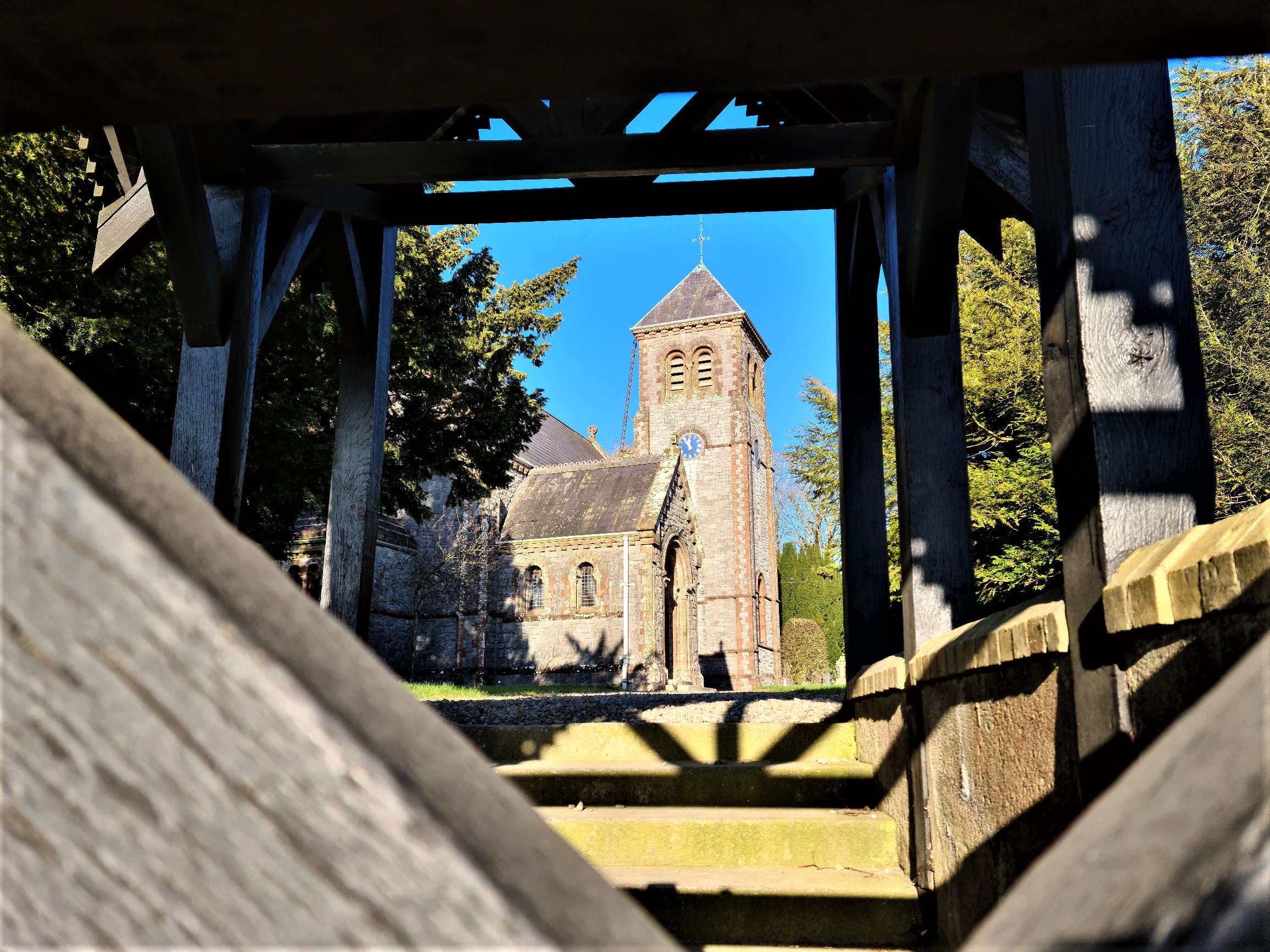


I’ve always loved Millicent Church and the rectory that went with it. Some years ago, when I had the chance to meet Charles Handy, the management guru whose father had been rector at St Michael’s back in the day, I told him how much I’d wanted to marry into that family just so I could live in the rectory. 
There’s something quite special about the place and the curious assortment of trivia that attaches itself to it. For instance, there are 75 carved stone capitals (i.e., the top of a column), 84 bosses (i.e., knobs or protrusions), corbels (something like brackets) and finials (i.e., upper termination of a pinnacle, gable end, buttress, canopy, or spire), and no two are alike. That had to have taken a lot of thought.

I have a vague memory from a school tour that took us Catholic kids into the Protestant church and being in awe of the massive eagle with wings spread that was the lectern. From memory, the stained glass windows on the north side were about the New Testament and on the south, the Old Testament. Or it could be the other way around. And from my research, and something I don’t remember but would love to see, the east and west walls are home to specialised metal artwork knows as cloisonné:
… an ancient technique for decorating metalwork objects with colored material held in place or separated by metal strips or wire, normally of gold.
These being COVID days, though, the church was closed. If you’re interested, there’s a wonderful description of the church as it was built back in 1883. This caught my eye:
At their meeting on March 27th, 1883, the Select Vestry passed the following resolution: –“That the seats in the new church be free and unappropriated, and that it be the duty of the Churchwardens to seat the congregation, in accordance with the Statutes of the Church of Ireland.”In a country church, where there is but little change in the worshippers, it is well that each should have his accustomed place; but the above resolution prohibits any ownership of seats, which have thus been declared free and unappropriated, and there is no distinction between rich and poor.
Its cemetery is just as beautiful, with moss and lichen doing their best to turn the old stone headstones into palettes of green and gold.


There were a couple of interesting, newer headstones that left a lot to the imagination. I can find no details of Terry Harrington and no explanation of the treed column, something I’ve not seen before.


There is one commonwealth grave here, and I didn’t manage to find it this time. William Desmond Guthrie Lotan, a second lieutenant in the Royal Flying Corps died on 19 December 1916 at the age of 27. But again, I can find no more details other than that three others also died on the same day.
I had a little more luck with Gerald Fitzgerald Dunne, of the 7th Dragoon Guards. I hadn’t realised that there was an Irish Who’s Who back in the day or that military appointments were covered by the London Gazette.


Given that most cemeteries I’ve visited are quite male-orientated, featuring more prostrate weeping women than grieving men, I was taken by this description of ‘widow of the above’. I didn’t like to disturb the moss to see who was immediately above. A number of names were listed. Some might have done their good deed and cleaned the headstone but I figured the moss had earned its place.

I’ve made a note to myself to go back and visit once it’s open, to see if it’s as I remember.